Overview
The Stadium Antenna (IW-ANT-PNL25610-R=) is an 8-port tri-band directional panel antenna supporting three 4x4 MIMO Wi-Fi 6E radios. It is designed to comply with the FCC's 21 dBm EIRP skyward limit across the UNII-1, UNII-5, and UNII-7 bands.
This antenna is designed for large public venues such as stadiums and other environments such as outdoor campus coverage, warehouses, and industrial sites.
Integrated high-rejection coexistence filters and a passive, L1 GNSS antenna enable concurrent 5–GHz and 6–GHz radio operation and AFC location reporting, respectively. The radome is IP67, UV-stabilized, and UL 94 V-0 rated.
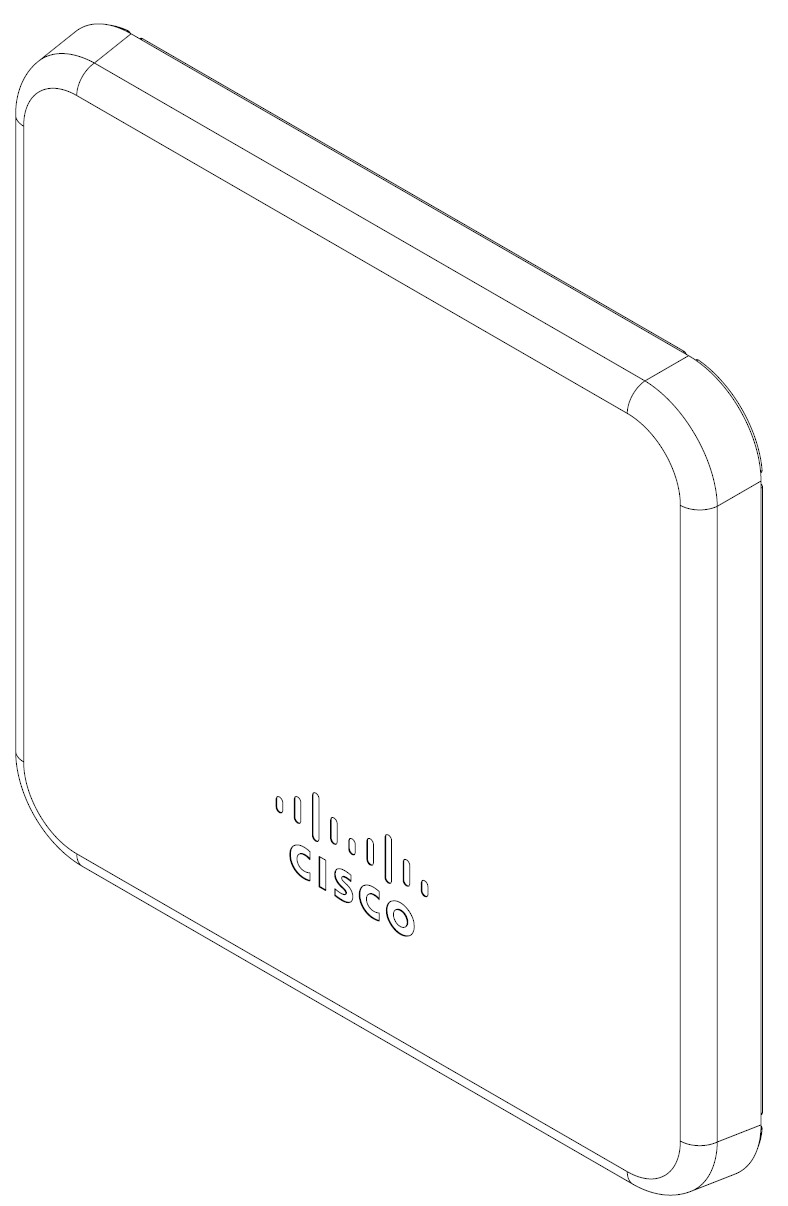
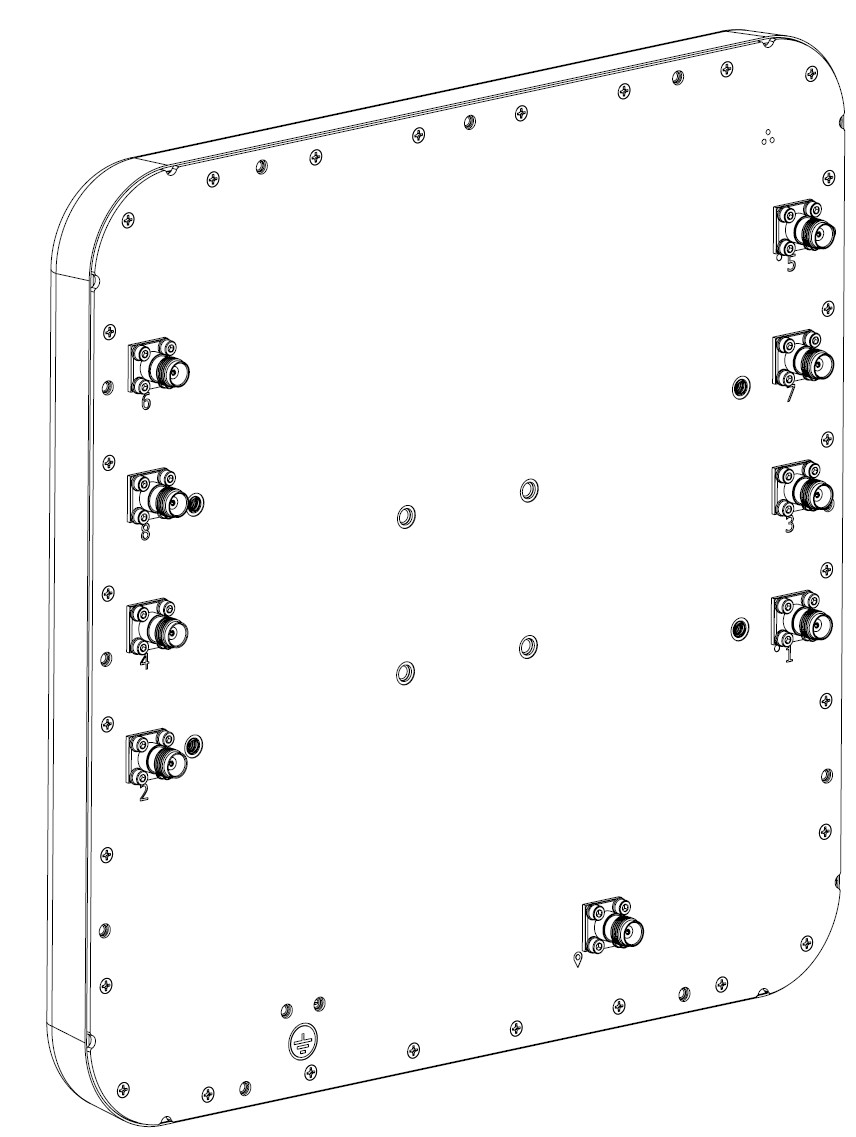
Features include the following:
-
Supports 4x4 MIMO over 2.4 GHz, 5 GHz, and 6 GHz radio bands
-
High-isolation between 5 GHz and 6 GHz ports enables concurrent radio operation
-
Integrated GNSS antenna covers L1 GPS bands for AFC location reporting
-
Compatible with Cisco Catalyst IW9167E AP

Note
The antenna cannot be field replaced in IW9167E-x-STA AP.
-
IP67 rated
-
UV-stabilized, UL 94 V-0 rated radome
-
The antenna supports Self-Identification (SIA) on Ports 1 and 5
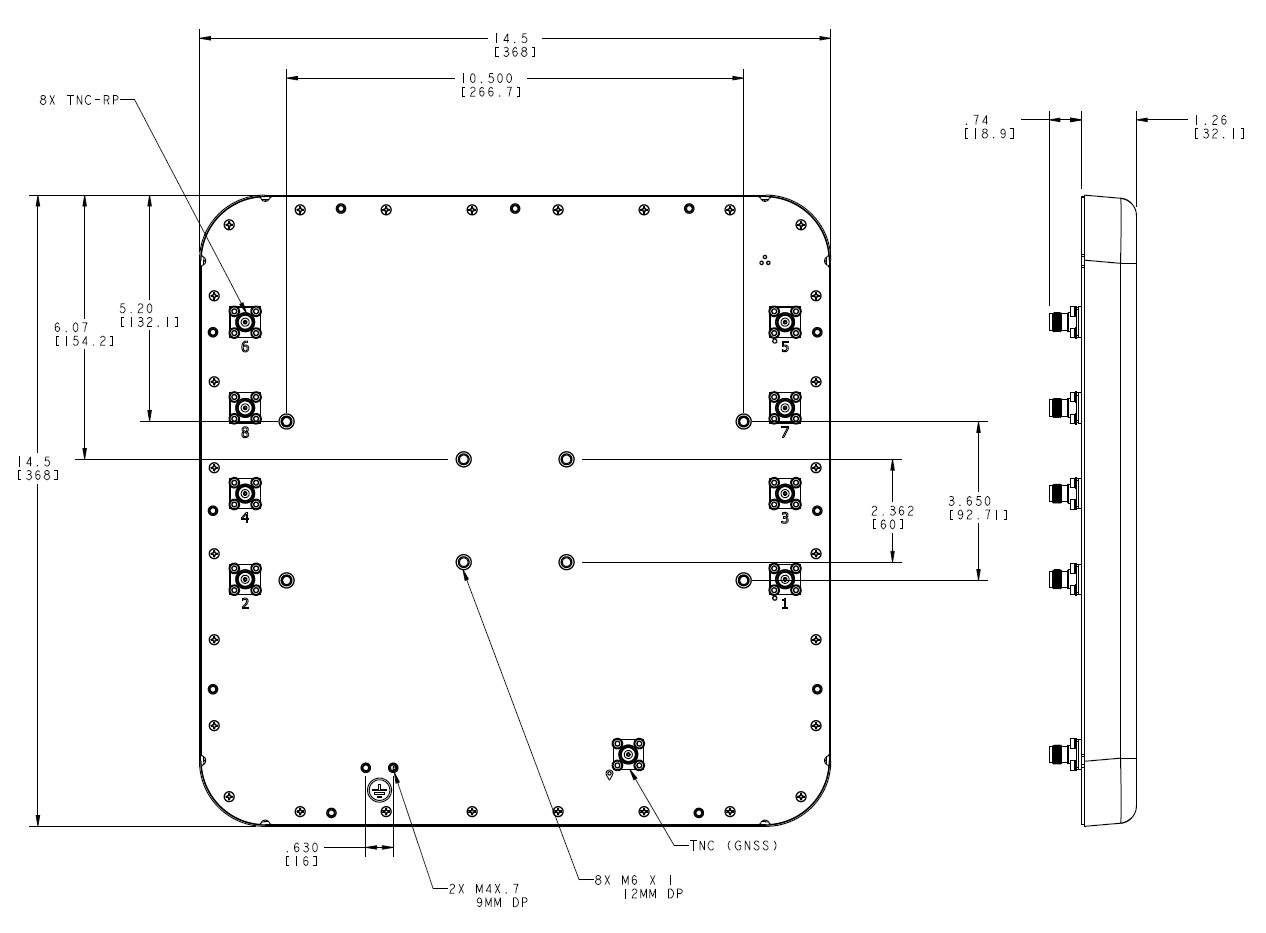
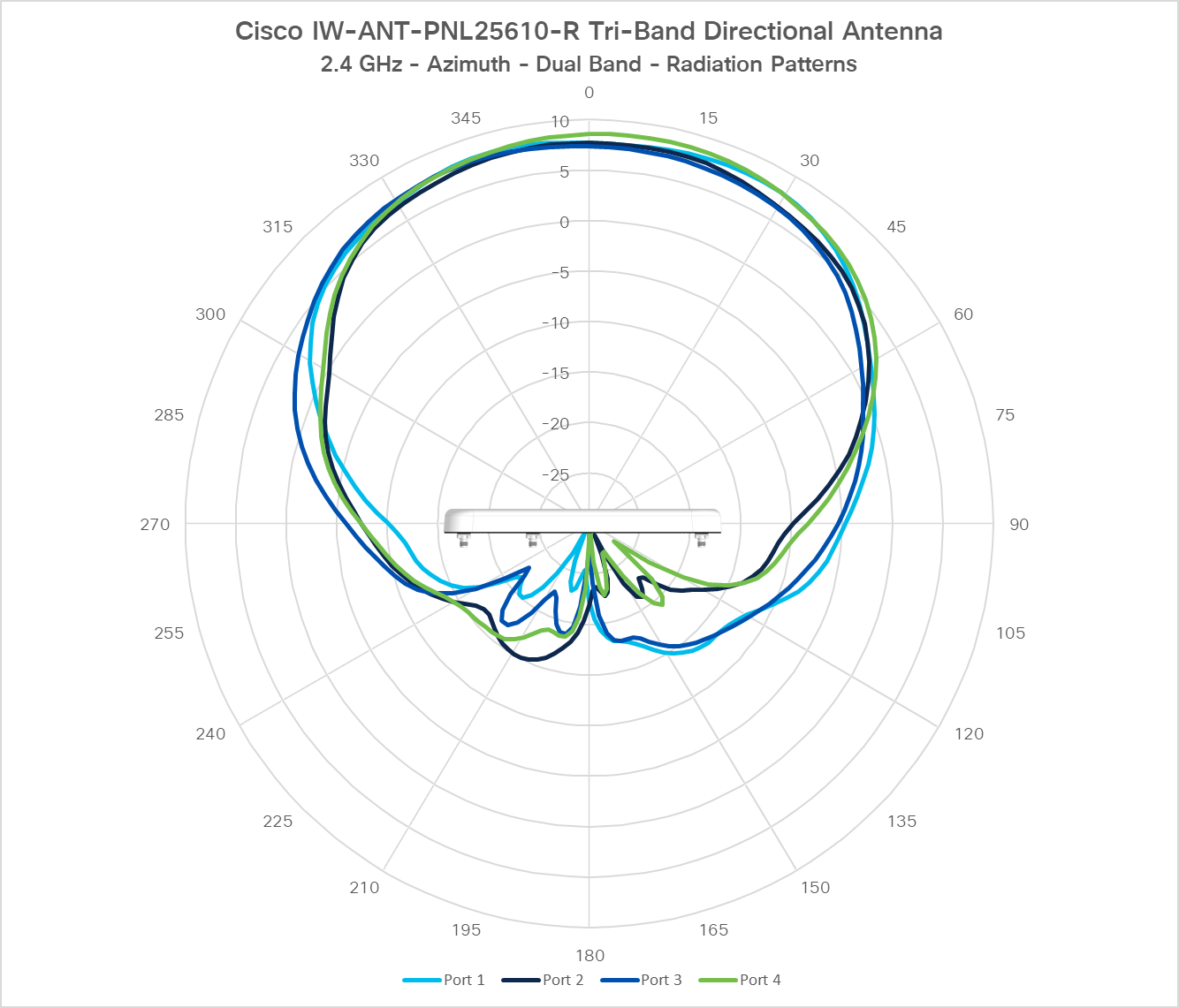
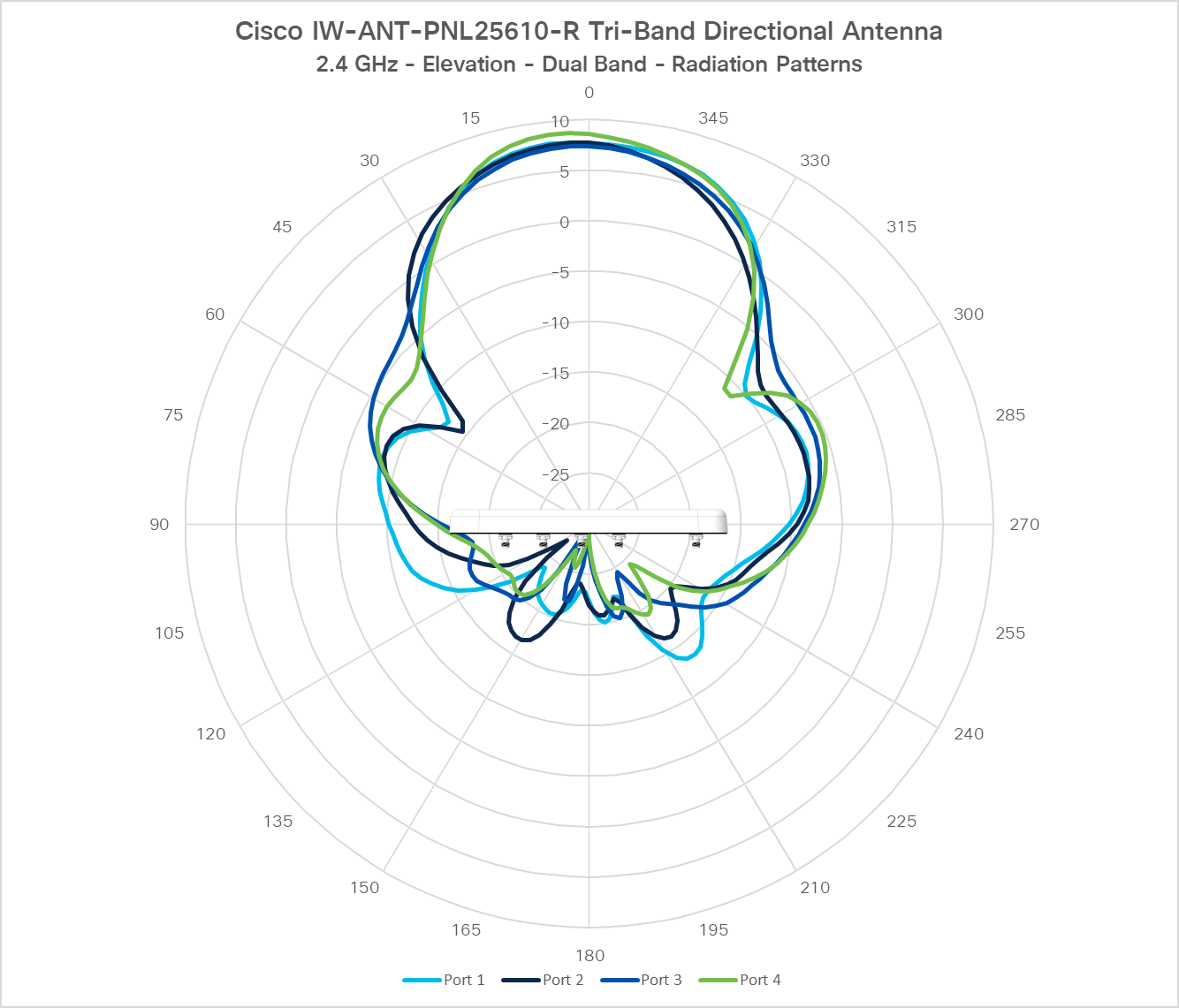
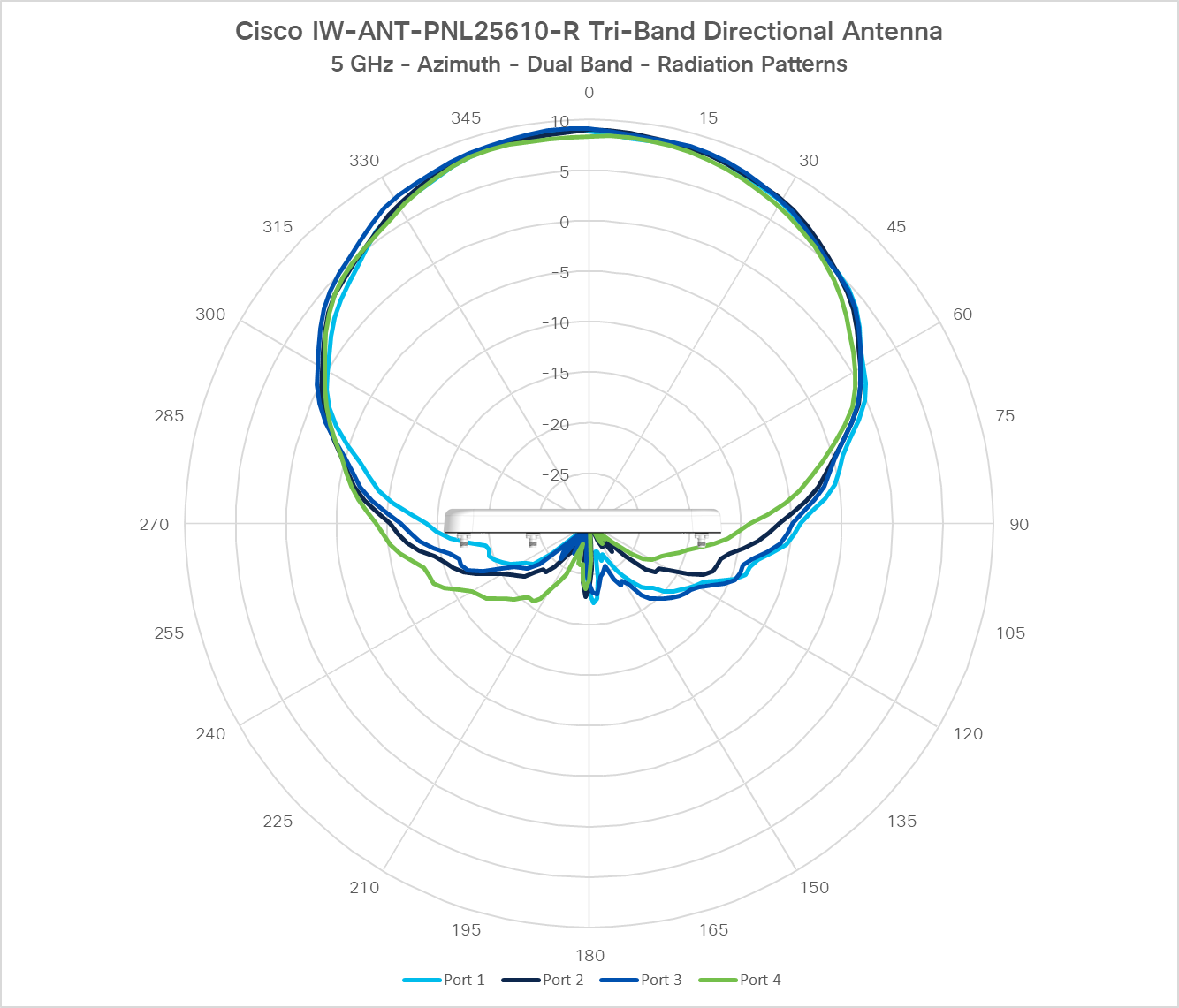
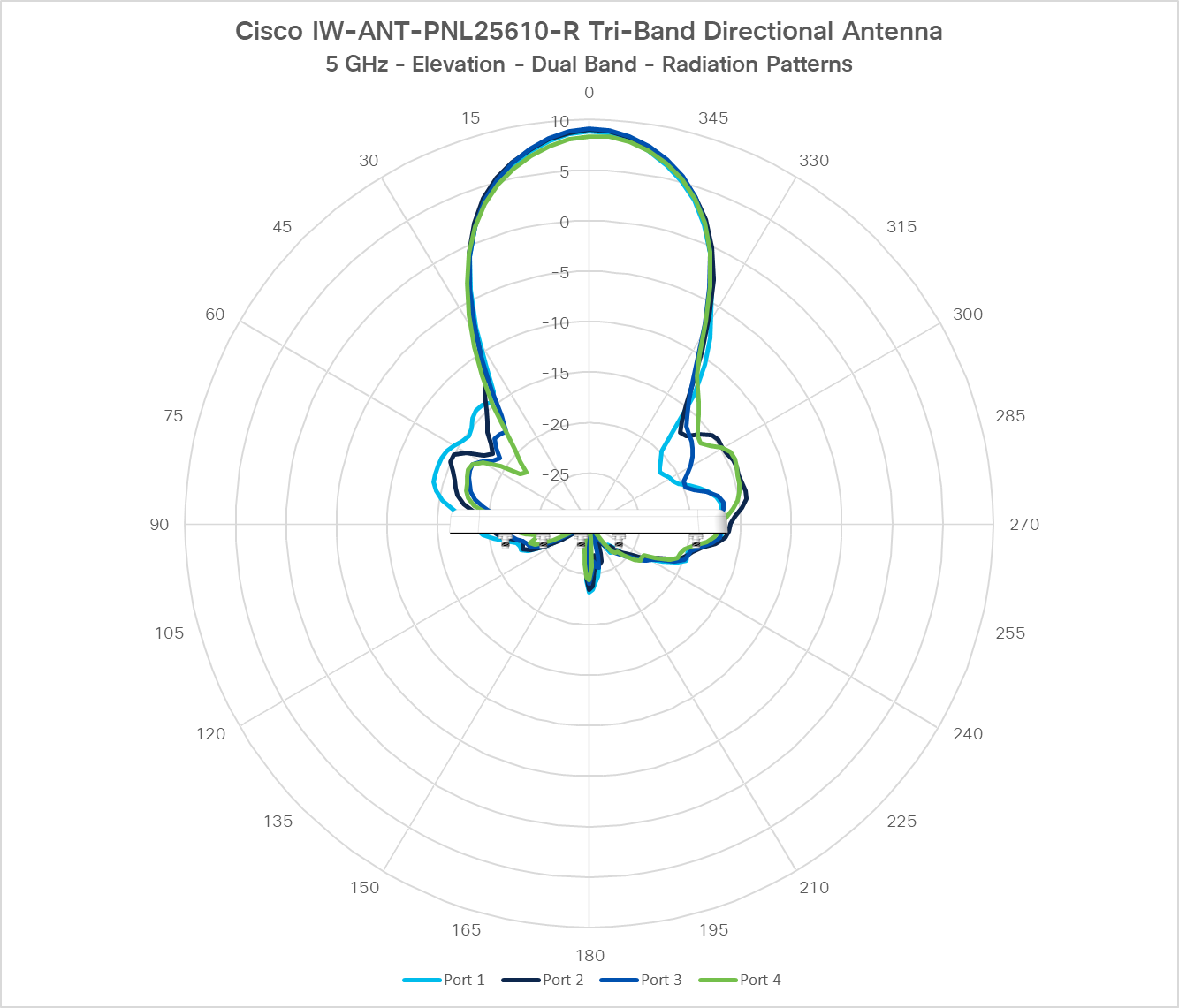
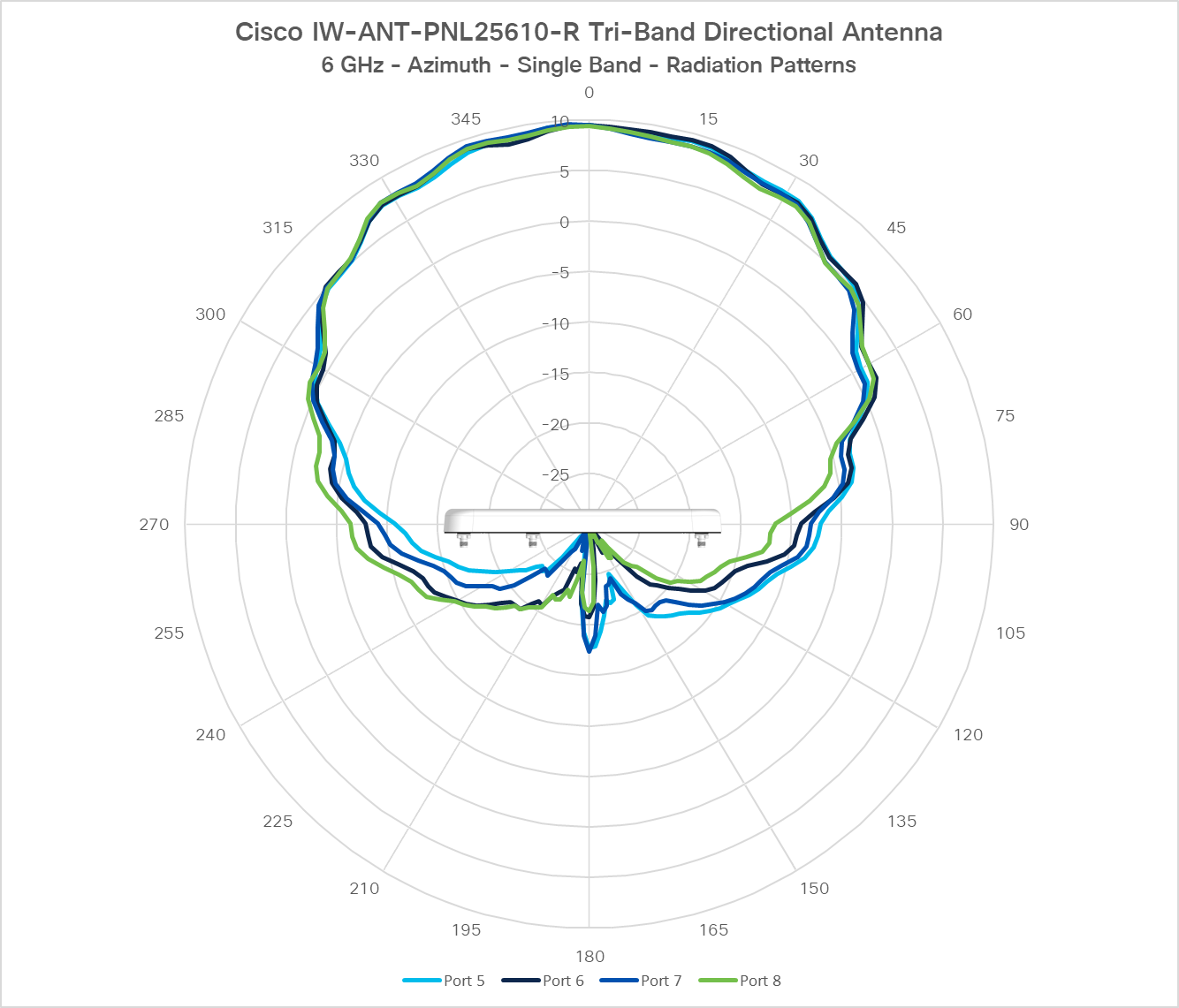
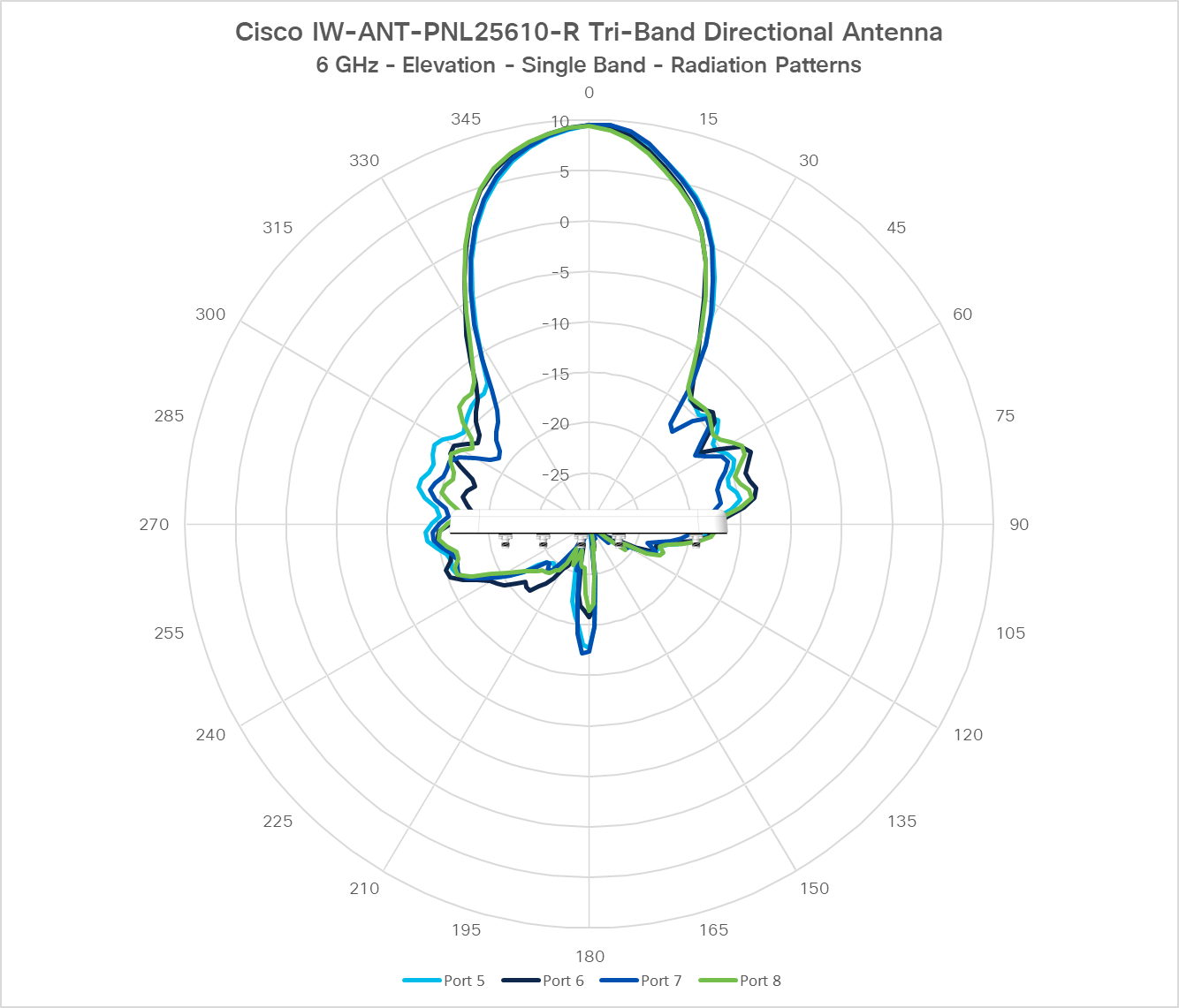
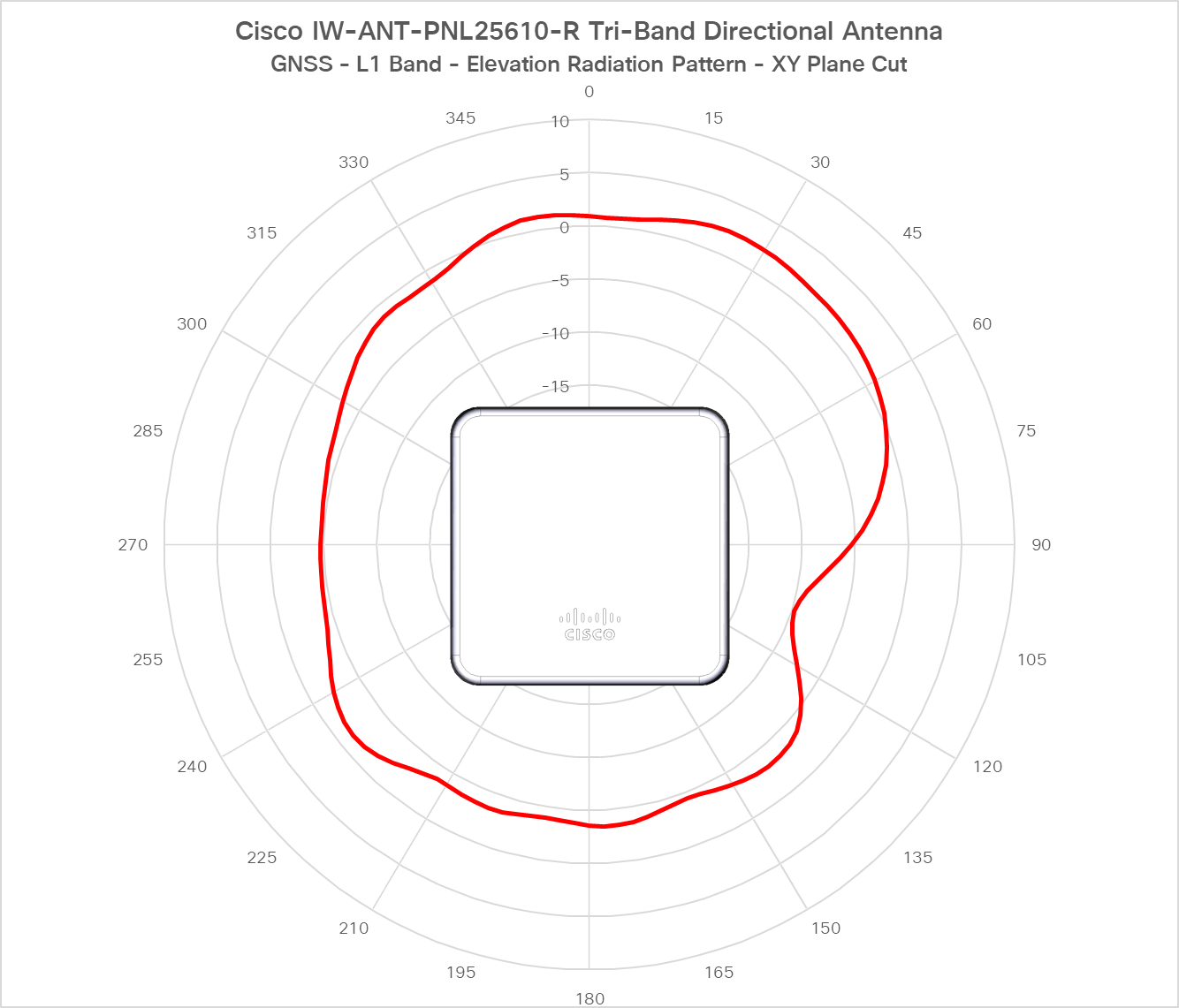
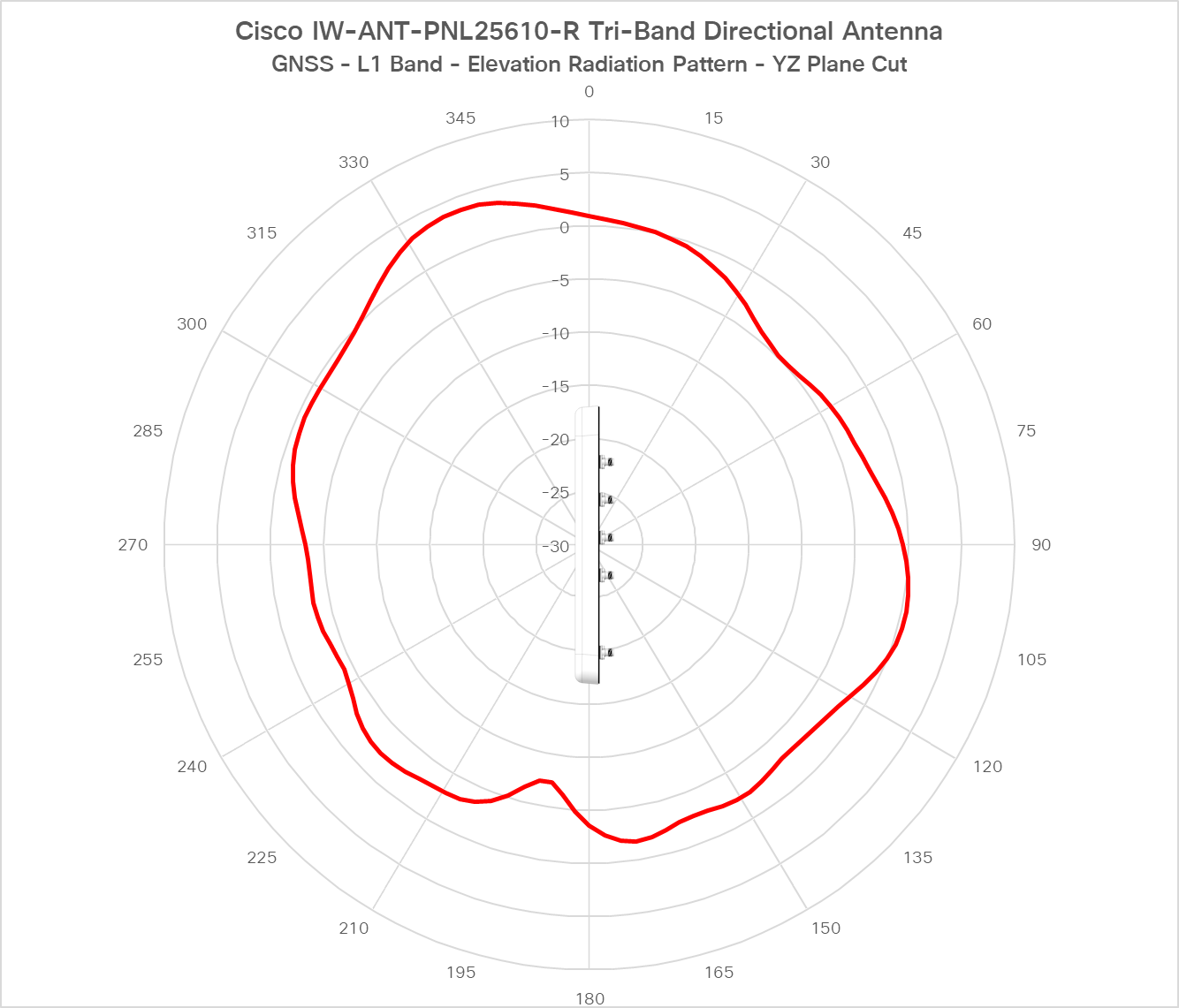




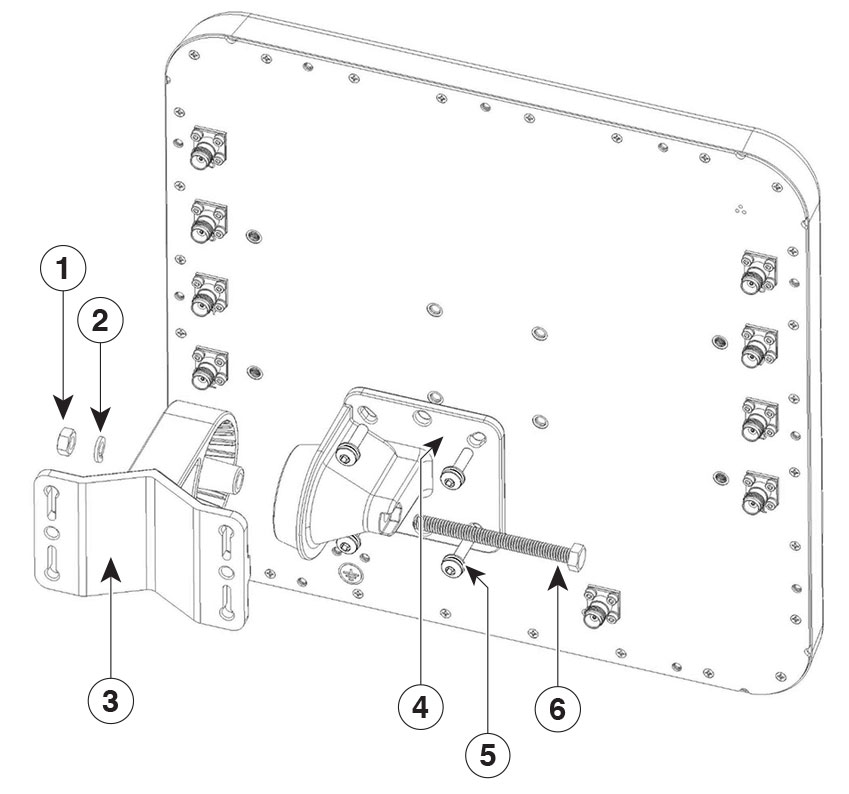
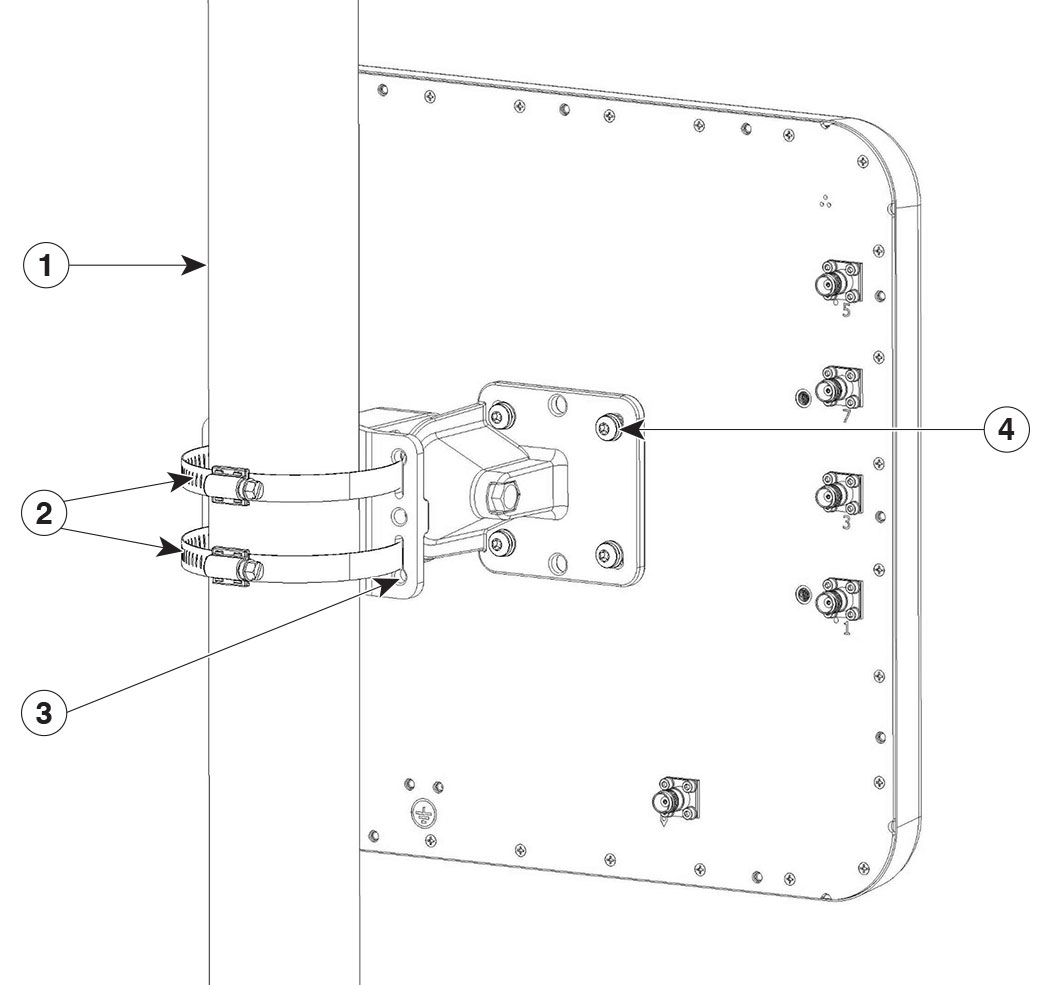

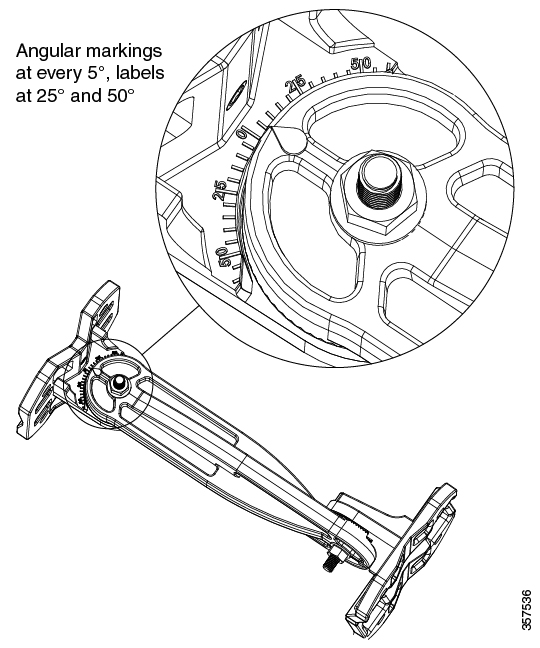
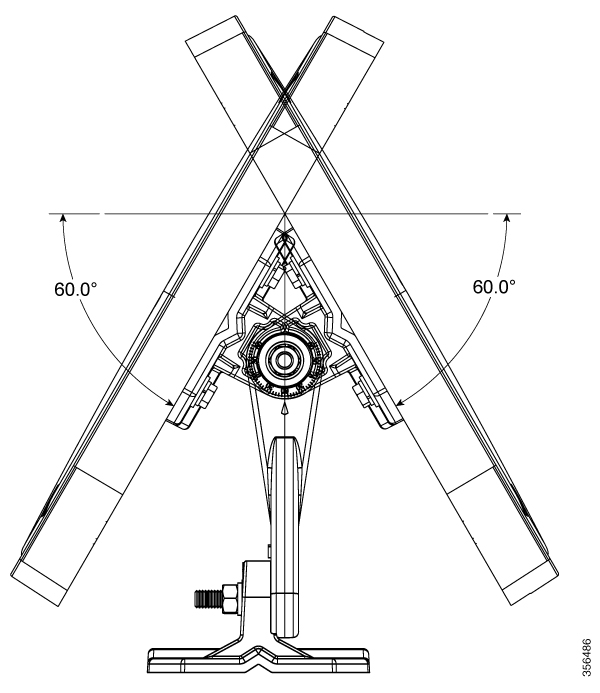
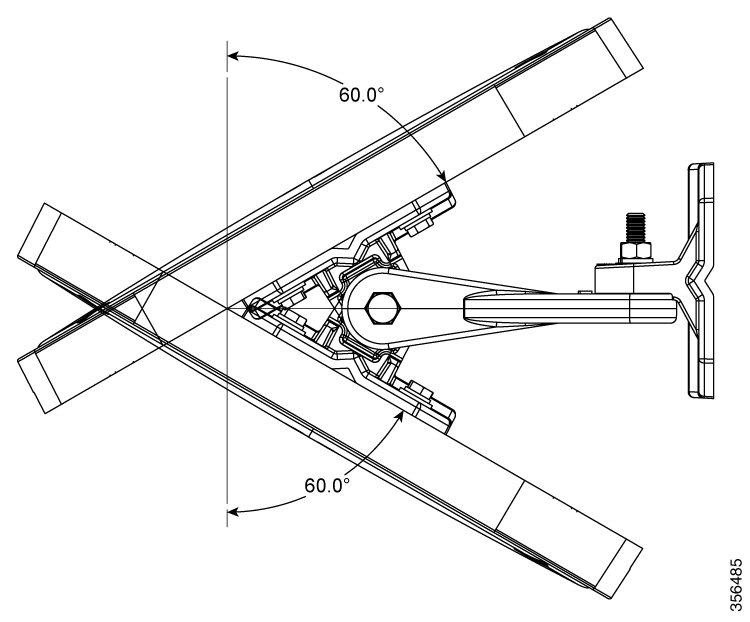
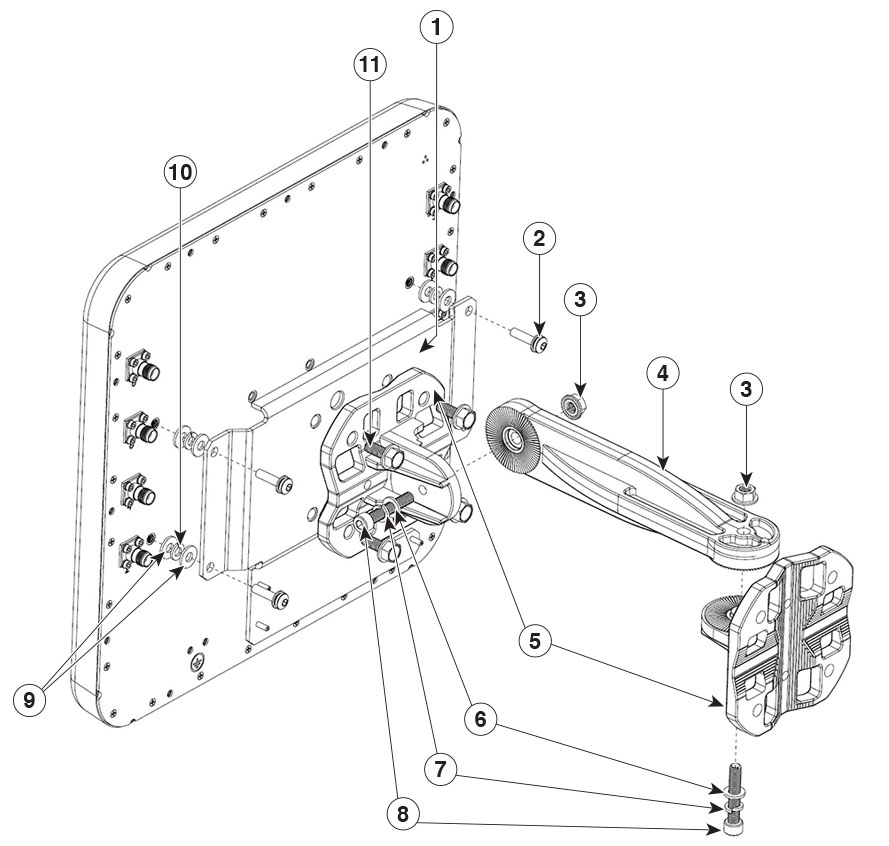
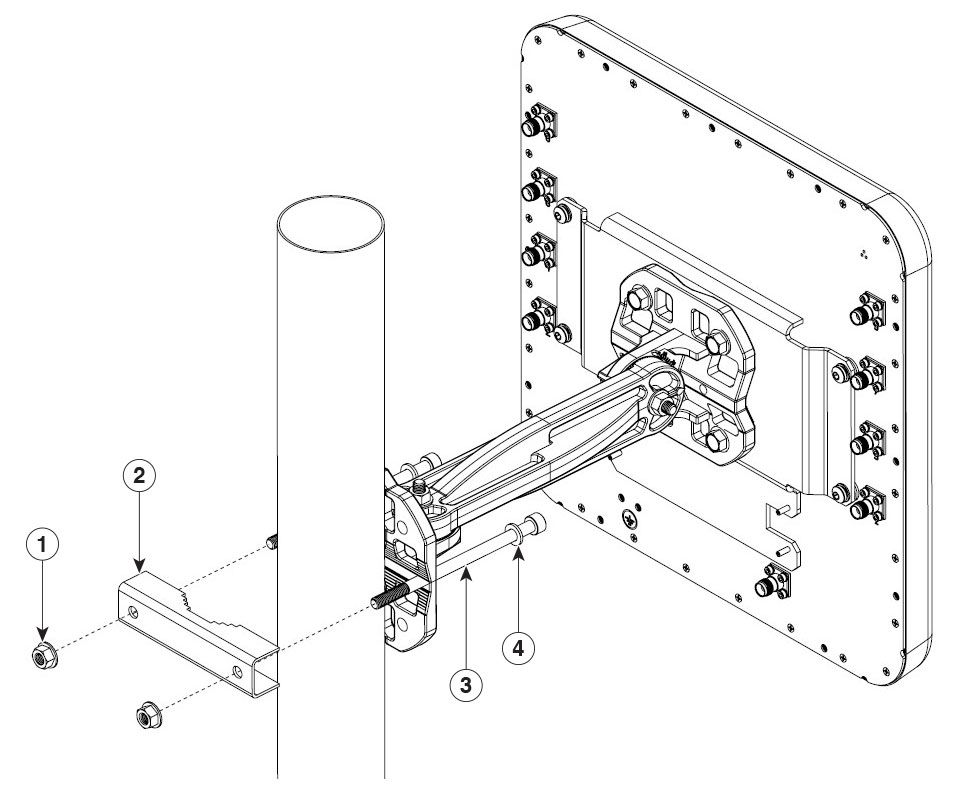
 Feedback
Feedback